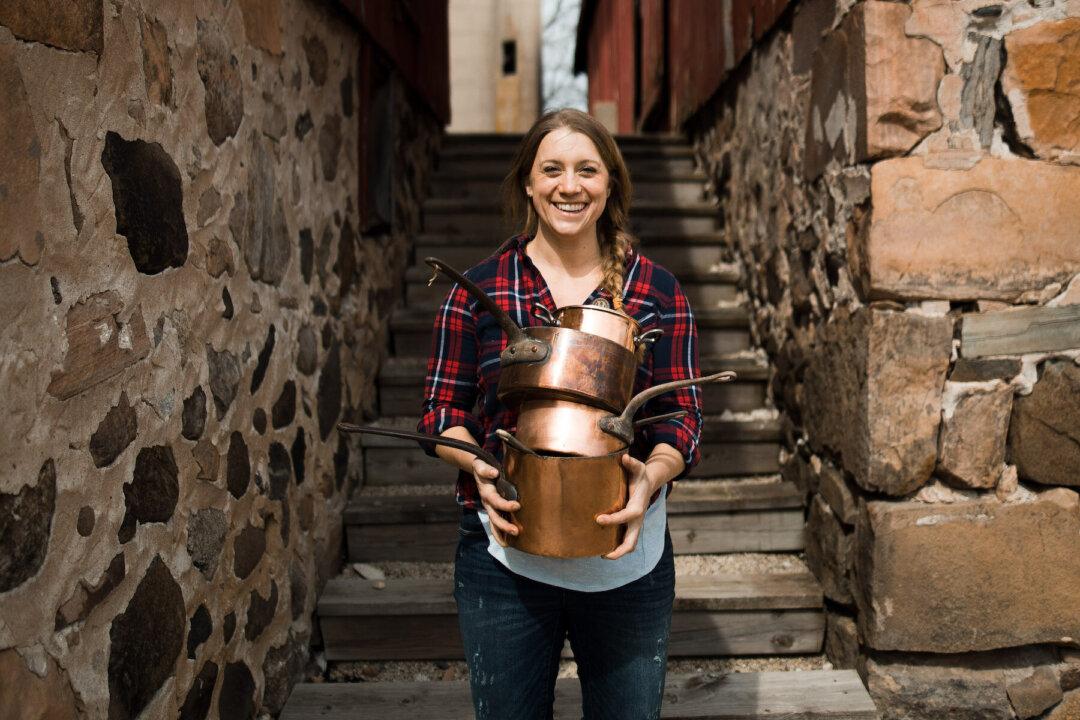Wisconsin native Sara Dahmen blissfully recalls childhood excursions to attend Rendezvous. The annual historical reenactments brought the state’s Fur Trade era back to life, with 18th- and 19th-century settlers, traders, and Native Americans gathering to exchange furs and goods.
“I remember seeing these girls and boys, a little bit older than me, in full pioneer, Laura Ingalls Wilder clothes,” she said. “They’d be washing their hair in the river, and I was like, ‘This is where I live! Why can’t I go back in history and live in this time?’”





